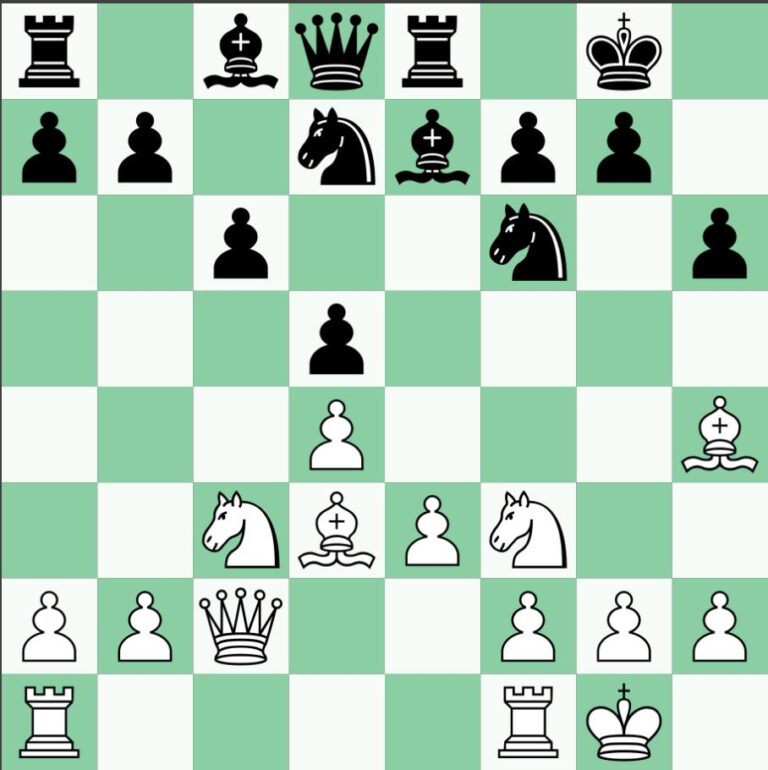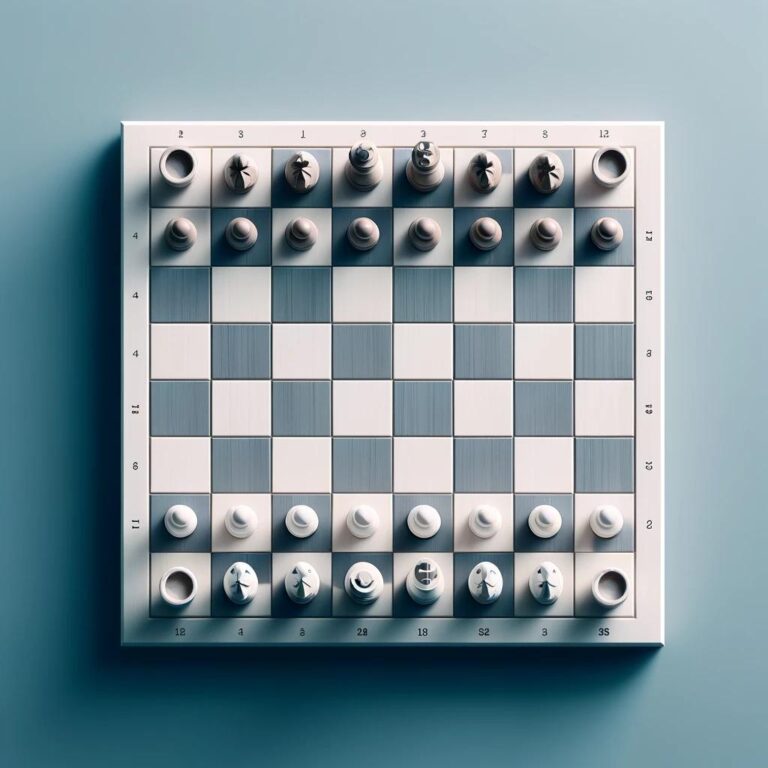Introduction: Understanding Chess Fortress
Chess is known as the “game of kings” and has been played for centuries, with its origins dating back to 6th century India. Over the years, it has evolved into a strategic battle of wits and has gained widespread popularity as a competitive sport. In recent times, with artificial intelligence (AI) becoming more advanced, chess engines have become unbeatable, with computers dominating the top rankings in the chess world. However, there is one concept in chess that even the most advanced AI cannot fully master – the chess fortress. In this article, we will explore the concept of a chess fortress and how players can build an impenetrable position to defend against their opponents.
Understanding the Chess Fortress
A chess fortress refers to a setup on the chessboard that is impregnable to attacks from the opposing player. It is a position that is seemingly impenetrable, making it difficult for the opponent to break through and gain an advantage. A successful chess fortress is built on strong defensive strategies, making it challenging for the opponent to find any weaknesses to exploit. The concept of a chess fortress has been used by players for centuries, and it remains a vital tool in modern-day chess, even in the face of advanced AI.
Elements of a Strong Chess Fortress
To build an impenetrable position in chess, players must understand the key elements that make up a strong fortress. These elements include strong pawn structure, centralized and well-coordinated pieces, and control of key squares on the board. Let´s take a closer look at each of these elements.
Centralized and Coordinated Pieces: In a chess game, the pieces work best when they are coordinated and centralized. A player with a good fortress will have their pieces working together harmoniously, protecting and supporting each other. Having pieces in the center of the board allows for better control and flexibility, making it harder for the opponent to break through.
Building an Impenetrable Fortress
Now that we understand the key elements of a strong chess fortress, let´s dive into some practical strategies on how to build one. These strategies are not limited to a particular opening or position, and can be adapted to various chess scenarios.
Blockade: A common technique used in building a chess fortress is to create a blockade. This involves the strategic placement of pawns and pieces in a way that stops the opponent´s pieces from advancing. A well-placed blockade can make it nearly impossible for the opponent to break through your position.
Centralize Your King: In most cases, the king is a vulnerable piece that is targeted by the opposing player in an attack. However, in a chess fortress, the king can actually serve as a strong defensive piece. By centralizing the king and keeping it surrounded by pawns and pieces, it becomes difficult for the opponent to launch an attack, and the king can also act as a support for other defensive pieces.
The Importance of Chess Fortress in the Age of AI
With the rise of powerful chess engines, it may seem like building a fortress is no longer necessary in modern-day chess. However, the concept of a chess fortress remains relevant and crucial in the face of AI opponents. AI may be able to calculate several moves ahead and find the best moves, but it is still not able to fully understand and execute the complex defensive strategies involved in building a chess fortress. Therefore, understanding and mastering the concept of a chess fortress remains a key skill for chess players, both for human opponents and AI.
Conclusion
In conclusion, a chess fortress is a crucial aspect of the game, providing players with a powerful defensive tool against their opponents. It is a concept that has been studied and utilized by chess players for centuries, and it continues to be a relevant and essential strategy in modern-day chess, even in the face of advanced AI opponents. By understanding the key elements and practical strategies involved in building a chess fortress, players can gain an advantage in their games and improve their defensive skills. Keep in mind that the best defense is a strong offense, so it is vital to continue developing your attacking skills while also mastering the art of building an impenetrable chess fortress.






